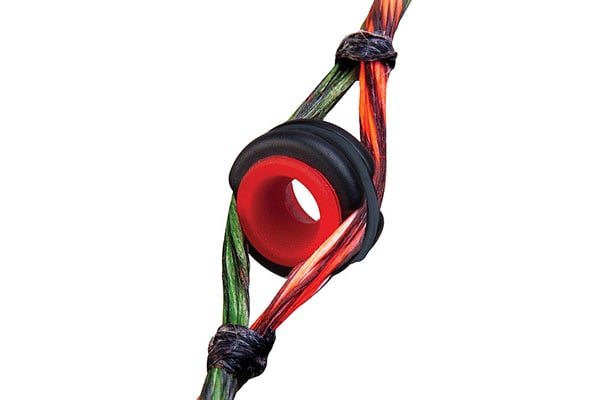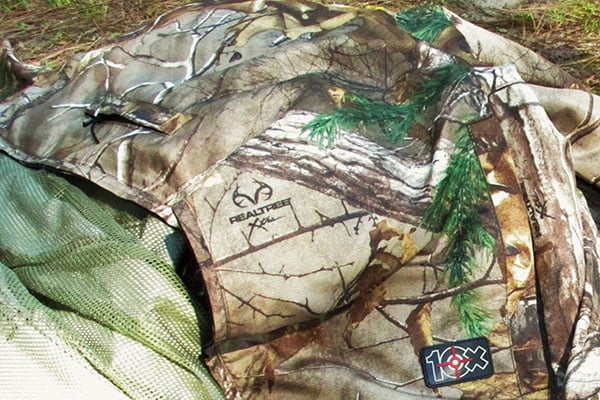Last Updated on
By Rob Boyle
Welcome back to all things bowhunting and archery related! So far in our column, we have discussed what to look for before you purchase your first bow, what type of arrows you’ll need, and what kind of arrow rest will work best for your type of hunting or archery. But wait…we’re not done yet! There are a slew of accessories for your bow that are out on the market. Some of these are more for an aesthetic appeal, some are more for making your bow work better, and some are a little bit of both. Let’s dig right in!
Stabilizers
Have you ever noticed those really long things sticking out of the front of somebody’s bow when they are shooting competitive archery or even bowhunting? Those are stabilizers. Stabilizers do just that…they stabilize the bow during the shot. Competitive archers need especially long stabilizers since they are shooting very long distances and they have to hit a ring that appears the size of a quarter to them from 70 meters. If you watched any of the Olympic archery this summer (I sure did!), you know exactly what I’m talking about. Stabilizers balance the bow and keep it steadier in your hand. At long distances, any shake or movement of your bow arm, even by a minute amount, will cause the arrow to be off the mark by many inches.
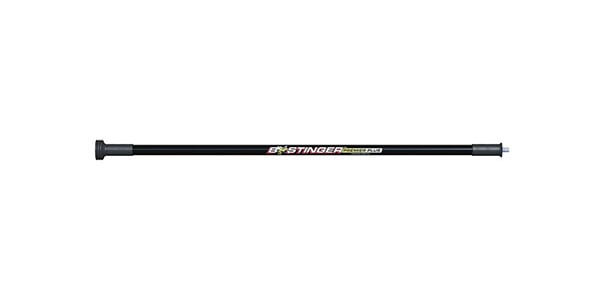
Now, bowhunters do not necessarily need that long of a stabilizer. Why? Because they are not necessarily taking very long shots like the competitive archer. The typical shot distance for a bowhunter from a treestand or a ground blind is usually between 20 and 30 yards. A shot of this distance does not need a long stabilizer. And can you imagine trekking through the woods with a 2 foot stabilizer on your bow? It can be done, but I’d advise against it. Instead, bowhunters typically use a 4, 6 or 9 inch stabilizer (commonly called a “stab”). The stabilizer, for bowhunters, doesn’t just help stabilize the shot, but it can also help with deadening the vibration felt by the archer after the shot. This adds to the enjoyment of shooting the bow.
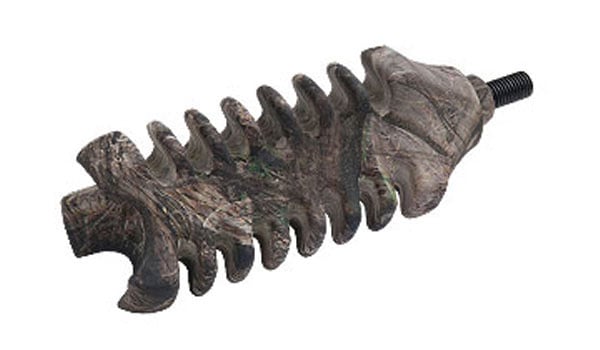
Vibration/Sound Dampeners
To a certain extent, stabilizers help with reducing the amount of vibration that the archer feels when shooting the bow, but they don’t help too much with sound. One of the biggest things that bowhunters want out of a bow is that the bow is quiet. Unlike a bullet that travels at high speeds, an arrow, comparatively speaking, travels much slower. And deer, for instance, have exceptional hearing and reflexes. There is a phenomenon in bowhunting known as “jumping the string”. When the bowhunter looses the arrow, the sound energy distributed from the bow is audible. So audible, in fact, that deer will actually crouch in order to store energy in their leg muscles to spring away from whatever was making the noise. This means the arrow can miss the deer altogether (soaring over the deer’s back), or it can hit high and possible hit the spine, resulting in a non-lethal shot and wounding the deer. So, this is where sound dampeners come in.
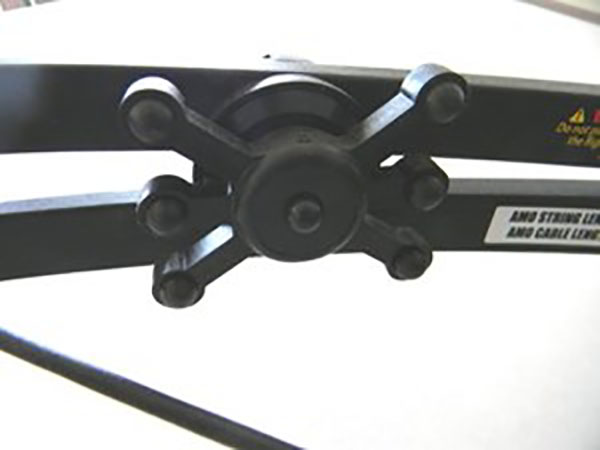
BowJax and LimbSaver are two very popular companies that design noise dampeners for various types of bows. Since all bows are made differently, not all kits will fit every bow. The noise dampeners typically are placed on the limbs or between the limbs (if they are split). They are typically made out of a malleable rubber or plastic to absorb vibration and reduce noise. They also come in a variety of colors to match the aesthetics of your bow, as well as your preference of color combinations.
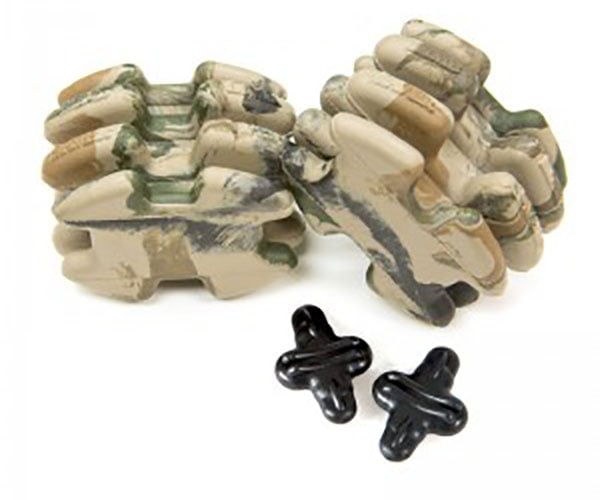
Peep Sights
Not many people realize how important the peep sight is on a bow. This little piece of plastic or aluminum is often passed over whenever people discuss archery accessories. But…there are so many different kinds of peep sights! For instance, the aperture, or diameter of the peep sight, varies. The smaller the peep sight, the less ability you have to “wiggle” around in the peep window, theoretically meaning you should be more accurate. However, the smaller the peep sight, the less light is able to pass through, so smaller peep sights can be more difficult to use in low light conditions. A larger peep sight can actually allow you to have the whole sight window visible in its aperture. The larger the peep, however, the more room you have to “wiggle”, so again, theoretically, you could be less accurate.
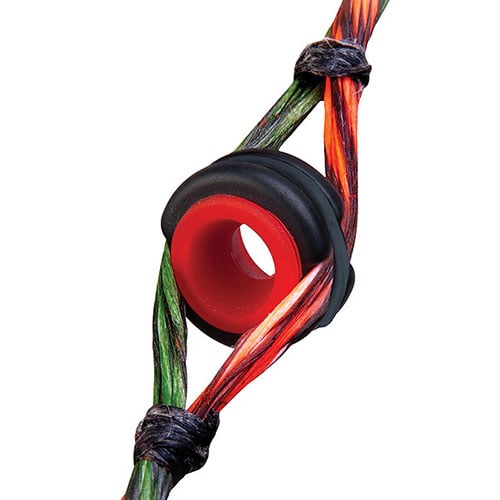
One of the latest and greatest peeps to hit the market is the Versa Peep from Tru Glo. They have created a fully customizable peep where you can insert or remove plastic pieces to decrease or increase the peep aperture, depending on your circumstances. Why have one aperture size when you can have three or four?
One of the coolest peeps I have seen is known as the Glow Peep. This is an anodized aluminum peep sight that has been coated with a glow in the dark paint that allows you to view the peep sight edges in the dark. Now hunting hogs during those warm summer nights is possible! A lighted peep is also handy at dusk when light is scarce and that big buck you’ve been waiting for all day finally shows up just when the sun is going down. Since the peep is so close to your eye, it’s very difficult to visualize the peep in low light. The Glow Peep solves this problem. It comes in green, orange, pink, and even black.
They even make peeps with magnifiers in them so that the target you are shooting at appears larger and closer than it actually is, so that you can aim easier! There are also clarifier peeps; peeps that cause the target to become much more clearer. These are especially helpful for archers with vision problems.

Wrist Slings
Wrist slings aren’t a necessity when shooting a bow, but they sure do help. Their purpose is twofold: to help keep the bow in your hand after you complete the shot (some bows tend to jump forward after the string is released), and to help you hold on to the bow as you walk through the woods or stalk prey. And that’s really about it. Wrist slings come in various colors and styles, but are typically made with some type of cordage and a leather plate.
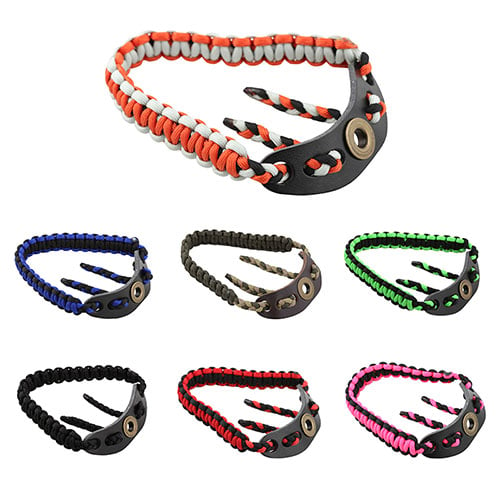
Strings
Wait. What? Strings? Isn’t that a part of your bow? Well…yes and no. Yes, in that all bows come with a set of strings and cables from the factory, but strings can stretch and wear over time. That means at some point, you’ll have to purchase a new set of strings. There are tons of various independent custom string makers out there. I recently had a new set of strings put on my 2012 Bear Carnage and I purchased from TwistedX Bowstrings. The quality of these strings are made within extremely high tolerances and I have not experienced any type of stretch or peep rotation (when the peep sight rotates out of the line of view when the bow is drawn back). So don’t neglect your strings. They are a lot like the tires on your car. They take most of the wear and tear, but we never really take care of them until they start giving us problems!
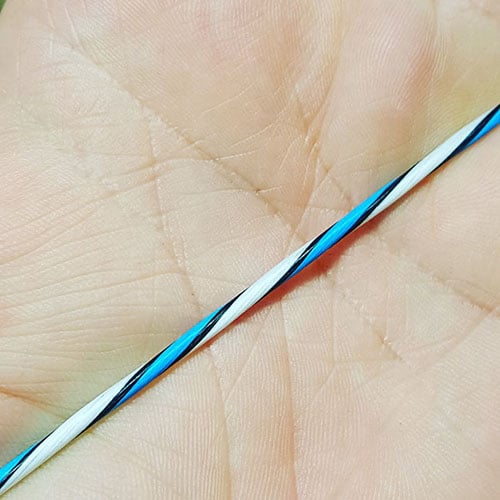
Most likely the most important “accessory” you’ll ever buy for your bow is the sight. There are so many different manufacturers and types of bow sights out there that we will have to dedicate an entire article just to discuss the various types, models and kinds of bowsights available for purchase. In the meantime, if you need any types of accessories for your bow, stop in the retail store Outdoor Sports Store | Sporting Goods (gritroutdoors.com) in North Richland Hills and your friendly neighborhood archery expert will hook you up!
That’s it for this time around! Tune in next time when we will exhaustively discuss sights…and strap yourself in, there is a lot to know! If you’re getting ready for hunting season (as you should be!) log in below and leave some comments. We’d love to hear from you. And if you have any questions, feel free to leave those as well. Happy Shooting!!
